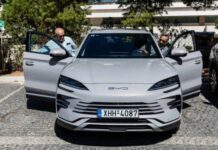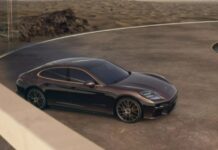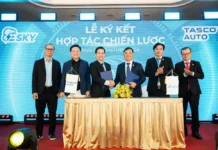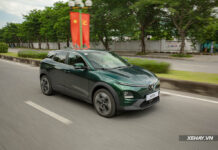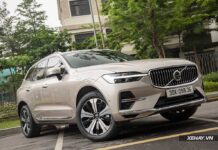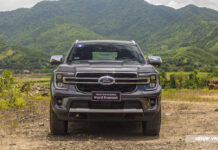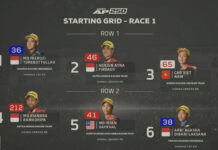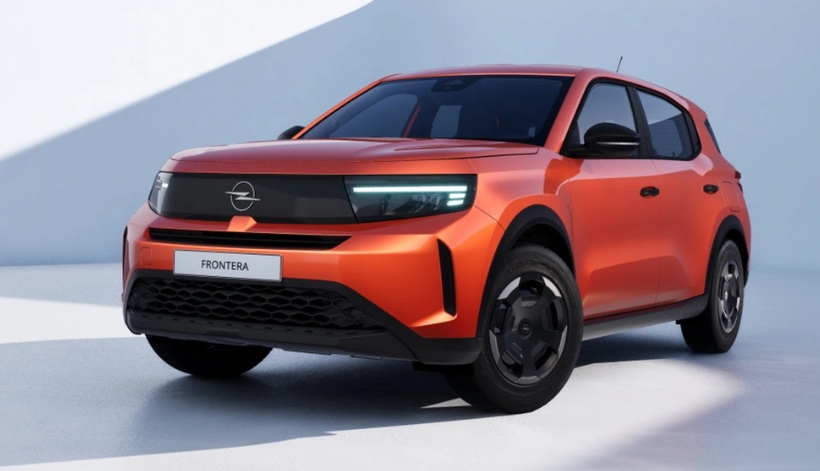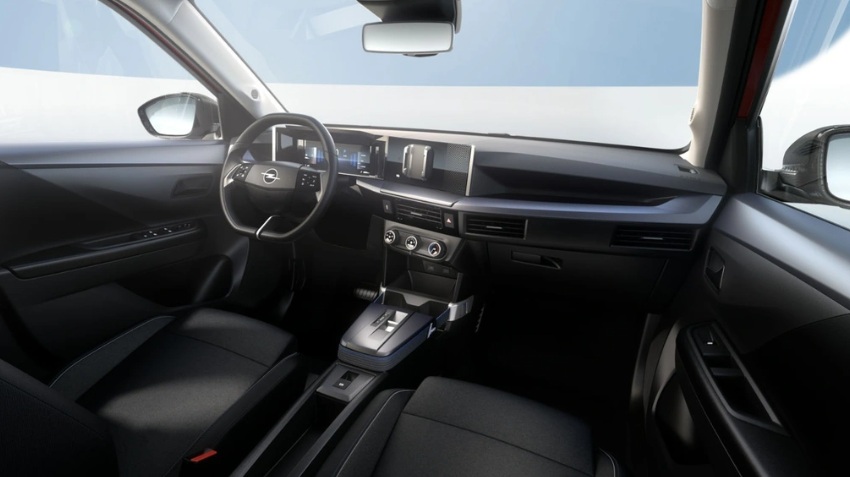A Reddit user in Germany recently sparked a heated debate after discovering that the Opel Frontera SUV, a product of Stellantis, lacks any infotainment system or touchscreen display.
The standard Edition of this Frontera SUV has been stripped of certain features compared to higher variants like the GS and Ultimate.
The interior of the Frontera Edition embraces minimalism, featuring a 10-inch digital instrument cluster. However, instead of the typical central touchscreen, the dashboard includes only a smartphone mount. Users rely on their personal devices as the primary control and display hub for entertainment, navigation, and music apps.
Additionally, this version retains basic radio functionality, a microphone for calls and voice commands, and two front speakers operating via Bluetooth. It also includes a high-speed USB-C charging port, and the climate control system uses traditional physical dials, a feature appreciated by many drivers for its ease of use while driving.
Buyers seeking more features can opt for the Tech package, which adds a 10-inch touchscreen, digital DAB radio, navigation, a rearview camera, wireless charging, and a center armrest with storage.
The Comfort package enhances the experience with heated seats and steering wheel, along with automatic climate control. Meanwhile, the Design package focuses on aesthetics, offering a white roof, black roof rails, and white accents on 16-inch steel wheels.
Unlike the Frontera Edition in Germany, the version sold in France comes standard with an infotainment screen, despite a lower starting price. Smaller Opel models like the Corsa and Mokka also feature screens across all variants, highlighting Opel’s market-specific and price-driven equipment strategy.
Opel isn’t the only brand experimenting with a “screenless” approach.
Dacia, a Renault subsidiary, pioneered this trend with its “Essential” versions across most models, excluding the Bigster. Instead of a screen, Dacia incorporates a smartphone mount on the dashboard, reducing production costs while allowing users to utilize their familiar devices.
Within the Stellantis group, models like the Citroën C3, C3 Aircross, and Fiat Grande Panda adopt a similar philosophy. All share the “smart car” platform with the Opel Frontera, positioning smartphones as the central connectivity hub, replacing traditional infotainment systems.
Eliminating touchscreens significantly cuts hardware and software costs, particularly as affordable electric vehicles gain popularity.
Upcoming urban models like the Volkswagen ID.Up (ID.Every1) and Renault Twingo are also expected to leverage smartphones as the primary interface, maintaining competitive pricing.
Beyond cost savings, this approach resonates with consumers who value simplicity and ease of use. Smartphones offer frequent app updates and support more diverse navigation and entertainment platforms. Meanwhile, retaining physical controls for climate and seat heating enhances driver safety and convenience compared to touchscreen interfaces.
In China, large touchscreens and advanced infotainment systems are nearly standard across all vehicle segments, from budget to premium.
Conversely, in Japan, India, Southeast Asia, and South America, screenless vehicles remain prevalent, reflecting local demand and income levels.
TH (Tuoitrethudo)

